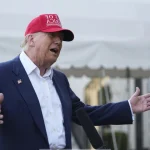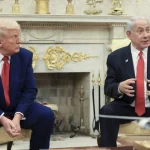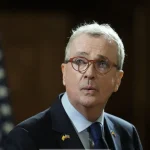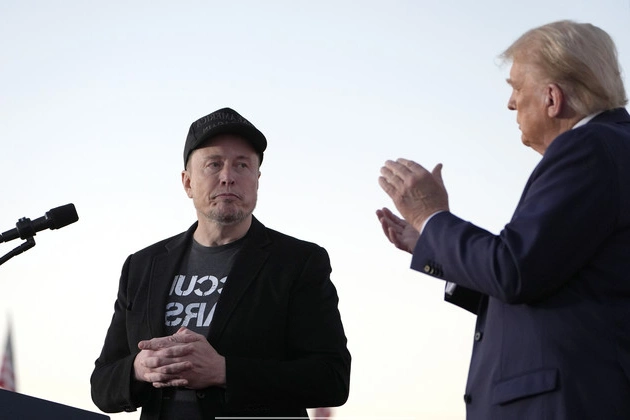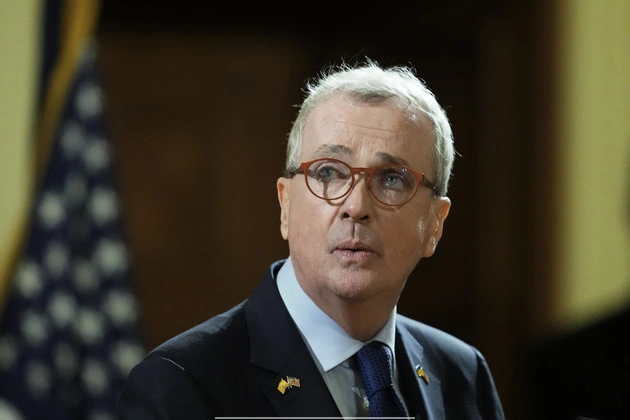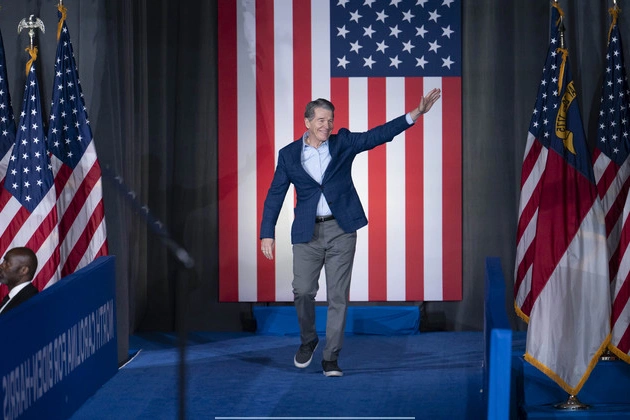
OTTAWA — Prime Minister Justin Trudeau faced a tumultuous week that critics likened to a chaotic disaster, creating a sense of pandemonium in his government.
The three-time Canadian prime minister navigated through a series of challenges that culminated in a Cabinet reorganization following the unexpected departure of Chrystia Freeland, who resigned from her position as finance minister and deputy prime minister on Monday.
Trudeau spent much of the week secluded in his office, making only brief appearances at select holiday gatherings where he projected a determined and optimistic demeanor.
Addressing his top donors on Monday, Trudeau expressed his deep gratitude for serving as prime minister, shortly after facing calls from MPs during an urgent caucus meeting to consider stepping down.
With canceled year-end interviews and limited interaction with the press, Trudeau focused on contemplating his next steps while emphasizing the government’s commitment to its work.
As Parliament is set to reconvene on Jan. 27, just after the inauguration of Donald Trump, Trudeau is left with a limited timeline to strategize his next moves.
Options include staying to contest the upcoming election, which may occur sooner than expected in 2025. However, opposition leader Jagmeet Singh has vowed to challenge the minority government with a no-confidence vote once MPs return.
Facing pressure from Conservative Leader Pierre Poilievre, who has been leading in national polls, Trudeau is urged to make decisive choices amid the looming challenges including Trump’s return and potential tariff disputes.
Reflecting on the recent events, Poilievre criticized Trudeau’s decision-making, particularly the replacement of Freeland with a male counterpart, highlighting the political turmoil within the government.
Insights from Liberal MPs, staffers, and party members revealed a sense of chaos surrounding Freeland’s sudden exit and the subsequent Cabinet reshuffle. The departure of Freeland, who referenced disagreements with Trudeau over policy priorities, set off a chain of events that caught many off guard.
Trudeau’s attempts to fill the vacancy with Mark Carney, a former Bank of Canada Governor, were disrupted by last-minute changes and unexpected revelations, further complicating the situation.
As tensions escalated and uncertainties loomed, Trudeau found himself navigating through a series of challenges while attempting to maintain control and direction within his government.
The evolving dynamics within the Liberal Party and the government’s response to the ongoing crisis underscored the fragility of Trudeau’s leadership and the mounting pressure he faces from various quarters.
As Trudeau’s administration grapples with internal dissent and external challenges, the path forward remains uncertain, with implications that extend beyond the immediate political landscape.
Despite the setbacks and controversies, Trudeau’s new Cabinet took office with a renewed call for unity and a shared focus on addressing external threats, including the resurgence of Donald Trump as a formidable adversary.
